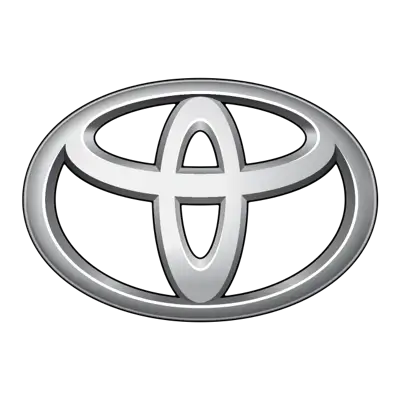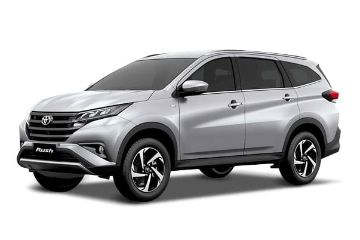![A Short Review of Toyota Rush’s Inner Mechanism 01]()
For those who don’t know, Toyota Rush uses the same engine as the Toyota Avanza. It’s a 1.5L 4-Cylinder Dual VVT-i Gasoline-Powered Engine mated to either a 4-speed automatic transmission or a 5-speed manual transmission depending on which variant you’ll be buying.
In this article, we’ll be going through the strengths and weaknesses of each configuration and hopefully, help you pick out which one works best for you.
The Toyota Rush is an RWD or Rear-Wheel Drive. That means the Rush gets its power from behind. Does the position of the differential engine affect a car’s overall performance?
Yes. It does.
While the Rush’s rivals use a Front-Wheel Drive, having a Rear-Wheel Drive balances the weight distribution of the car. It is also better in terms of handling and control versus those with FWD.
However, since the Rush uses Avanza’s engine which was designed for the latter due to it being lighter in weight, issues arise because it isn’t specifically built for the Rush.
Initially, Front-Wheel Drive vehicles were designed to lessen weight on the car by eliminating the extra parts needed for a RWD configuration. But in exchange FWD sacrificed its maneuverability and total control when driving through corners at high speeds.
Now, let’s see why the types of transmission also play their own role in the success of Toyota Rush.
![A Short Review of Toyota Rush’s Inner Mechanism 01]()
Okay, a transmission is basically one of the most complex components of your vehicle. So, choosing one that’s appropriate for your skill-level will dictate how you will perceive the car you are about to purchase.
Manual Transmission
The driver plays an active role in the operation of the vehicle. They use a stick shift to change gears while stepping on the clutch to manually change gears from low to high ratio and vice versa. The shifter is located in the middle between the front seats. It is generally believed that the manual transmissions reach higher speeds versus those of the automatic.
Strengths:
-
Cheaper price
-
Better fuel efficiency
-
Superior acceleration
Weaknesses:
-
Requires more practice to learn
-
Clutch and shifter coordination
-
Difficult to stop and go in traffic
Automatic Transmission
While in an automatic transmission, the car does all the hard work once you simply select D in the shifter. Automatic transmissions complete gear changes on their own using fluid pressure through its planetary gear set. It is the planetary gear set which is responsible for creating the different gear ratios.
Strengths:
-
Easier to use
-
Beginner friendly
-
Higher resale value
Weaknesses:
-
Higher purchase price
-
Higher maintenance cost
-
Less fuel efficiency
Fuel Economy
The Toyota Rush utilizes Electrical Fuel Injection (EFI) System to maximize fuel efficiency. In the city, you will consume up to 9-13L per 100 kilometers traveled while it’s only 7L per 100 kilometers traveled on the highway.
Power and Engine Displacement
Meanwhile, the Rush’s 1.5L 4-Cylinder Dual VVT-i Gasoline-Powered Engine produces up to 134 Newton-Meter or 102 Horsepower at 3,500 to 4,200 RPM with a 1,496 cc capacity. It’s not bad considering the heavy build of the Rush.
Conclusion
Toyota Rush doesn’t have much hype due to its technical specifications but that doesn’t mean this MUV is one to be looked down upon. Its transmission variants, engine, and overall performance on the road is still very much satisfactory for its class. Not cheap nor expensive, the Toyota Rush definitely have its own league to compete in, specially for those looking to have a nice family car.






